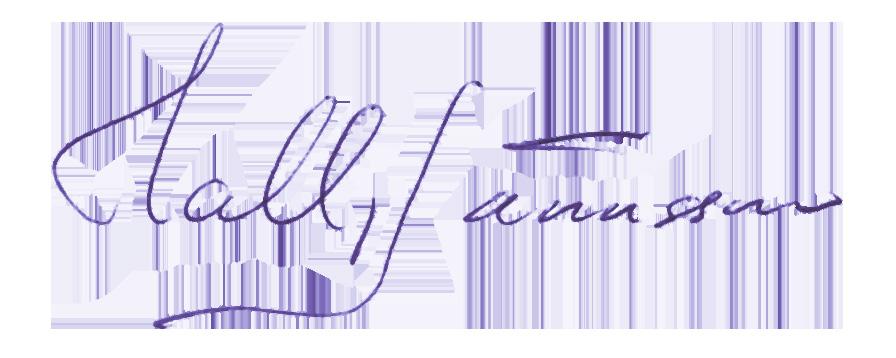4
Prologue
In these uncertain times of warming climate, the Arctic Region is becoming even more important for the global community. The ice cover of the Arctic, the temperatures and currents in the Arctic Ocean have a huge impact on the climate and weather in the lower latitudes. Iceland is an integrated part of the Arctic region where approximately 4 million inhabitants live. For those living in the Arctic, research on the region is a priority in order to understand the changes which are occurring and what they might expect in the future. Mapping Arctic Research in Iceland was carried out in collaboration between the Icelandic Centre for Research, the Stefansson Arctic Institute and the Icelandic Arctic Cooperation Network. Through a Government supported Summer Work Scheme, three summer interns were hired to work on this project. The purpose of this project is to introduce the Arctic research environment in Iceland and make it more accessible for the international scientific community. As Iceland is preparing for co-hosting the third Arctic Science Ministerial Meeting (ASM3) and is holding the chairmanship of a new ASM initiative, Arctic Funders Forum, this overview could be of use for these kinds of missions. The report first gives an overview of the main actors having a role in Icelandic policy and coordination on Arctic research and international cooperation. Next it presents a profile of the main performers of Arctic research in Iceland, namely universities, research institutes, agencies, companies and infrastructures. This is followed by an analysis of those domestic and international competitive funds which are supporting Arctic research. Finally, the report describes selected international Arctic research projects with Icelandic participation and platforms that serve Arctic issues which are often relevant to Arctic research. It is my hope that this report may function as a useful source for a younger generation of scientists who might be seeking new opportunities for research in the Arctic region. This report would not have been possible without the contribution of many individuals and institutes. Sincerely, I would like to acknowledge the input of many people representing the universities and other research performers who are profiled in this report. In particular, I would like to thank our cooperating partners; Níels Einarsson at the Stefansson Arctic Institute, Embla Eir Oddsdóttir at the Icelandic Arctic Cooperation Network, Gunnar Már Gunnarsson in the Northern Research Forum at the University of Akureyri, as well as Ásgerður Kjartansdóttir and Lindsay Elizabeth Arthur at the Ministry of Education, Science and Culture. Special thanks go to our summer interns Emil Ísleifur Sumarliðason, Santiago Villalobos and Sóley Ólafsdóttir, who compiled this report, and the editors Egill Þór Níelsson and Þorsteinn Gunnarsson.
Hallgrímur Jónasson, General Director Rannís



